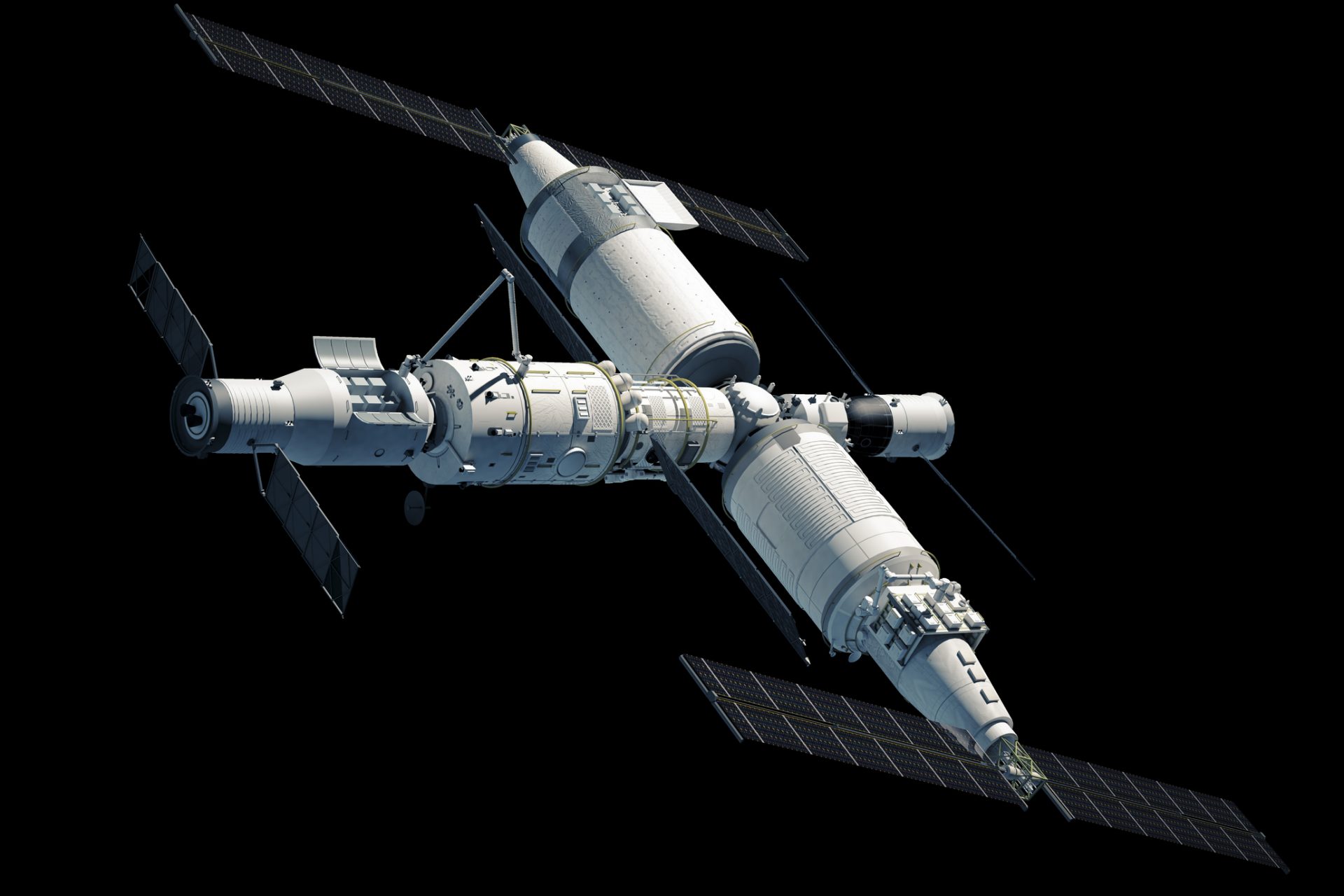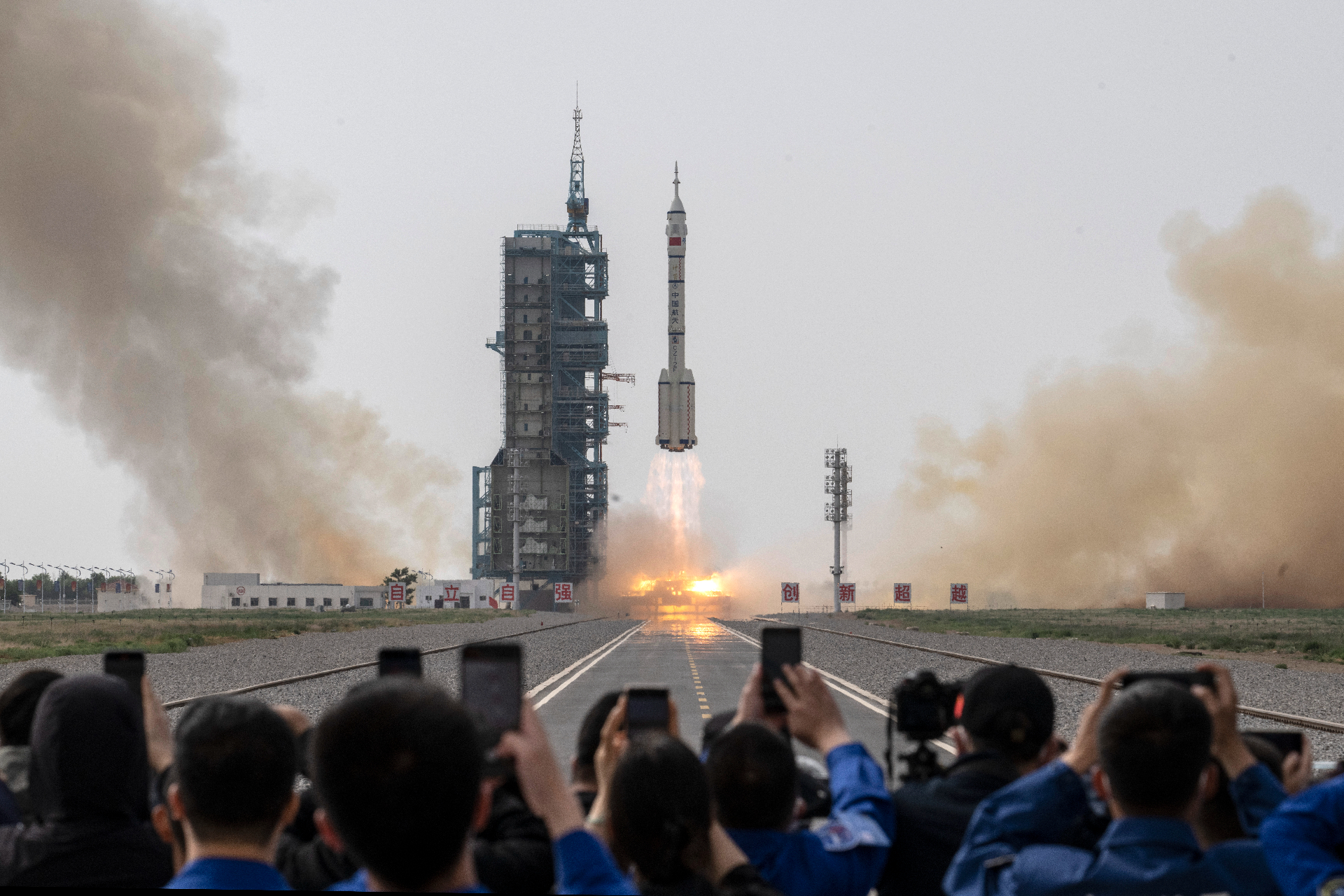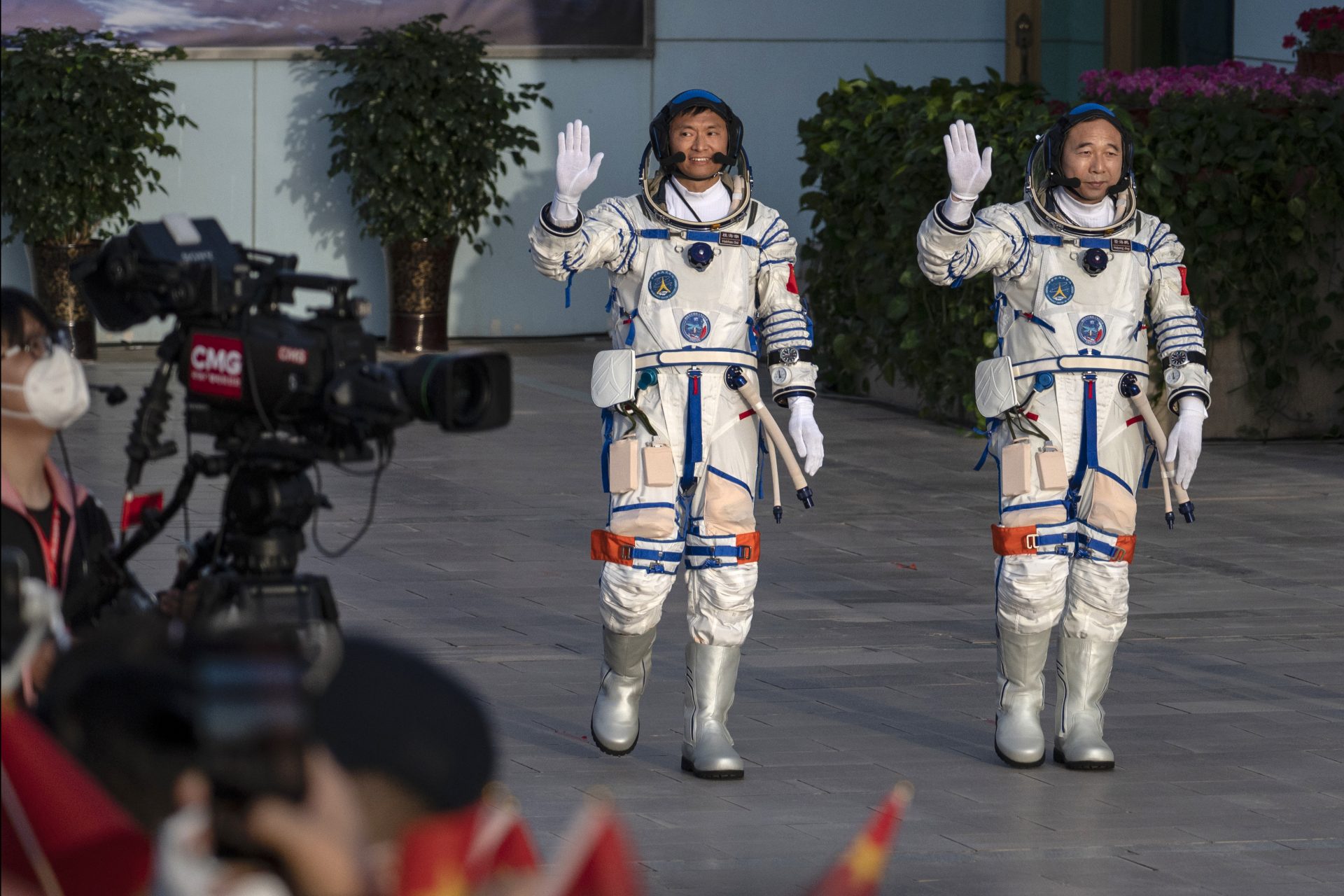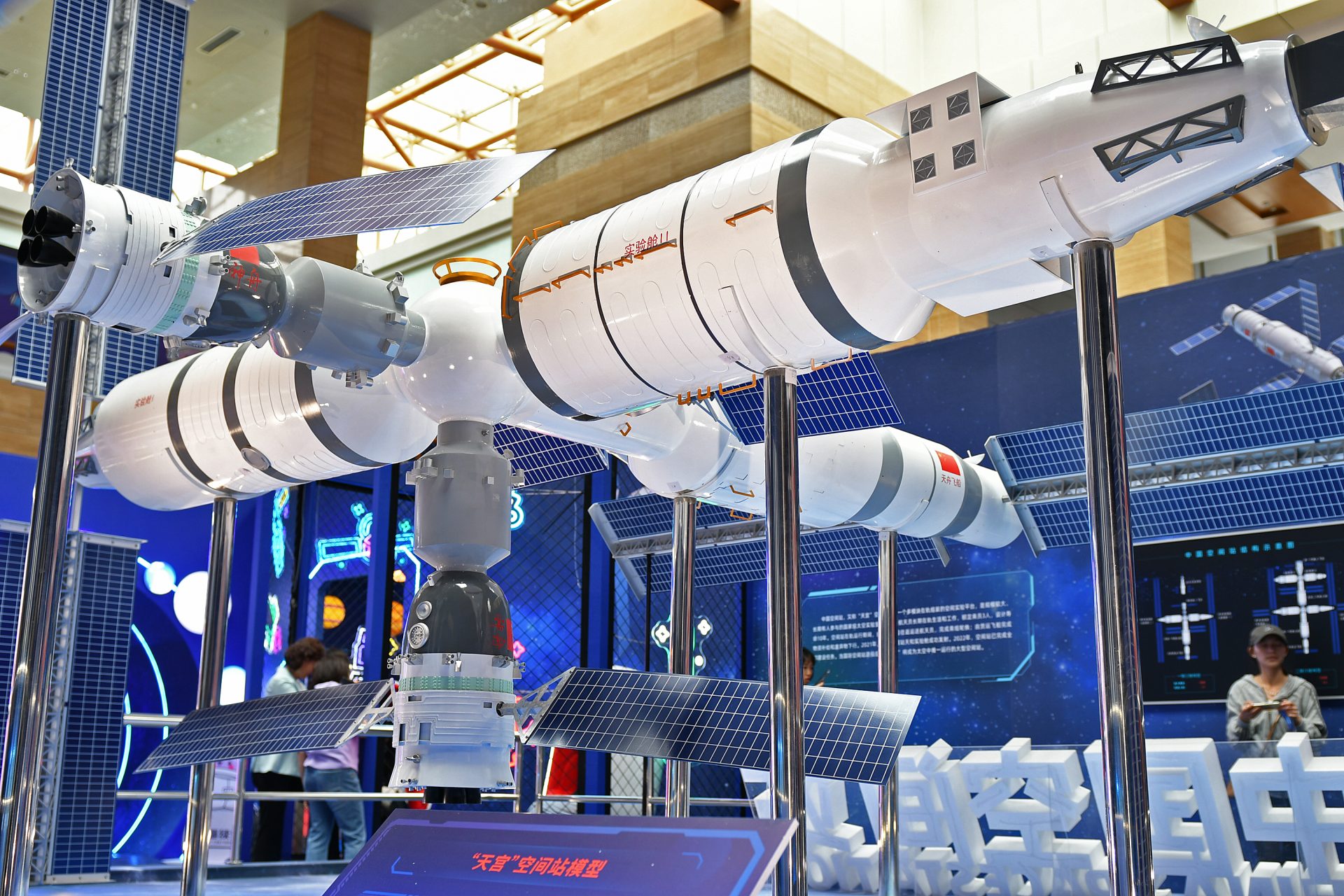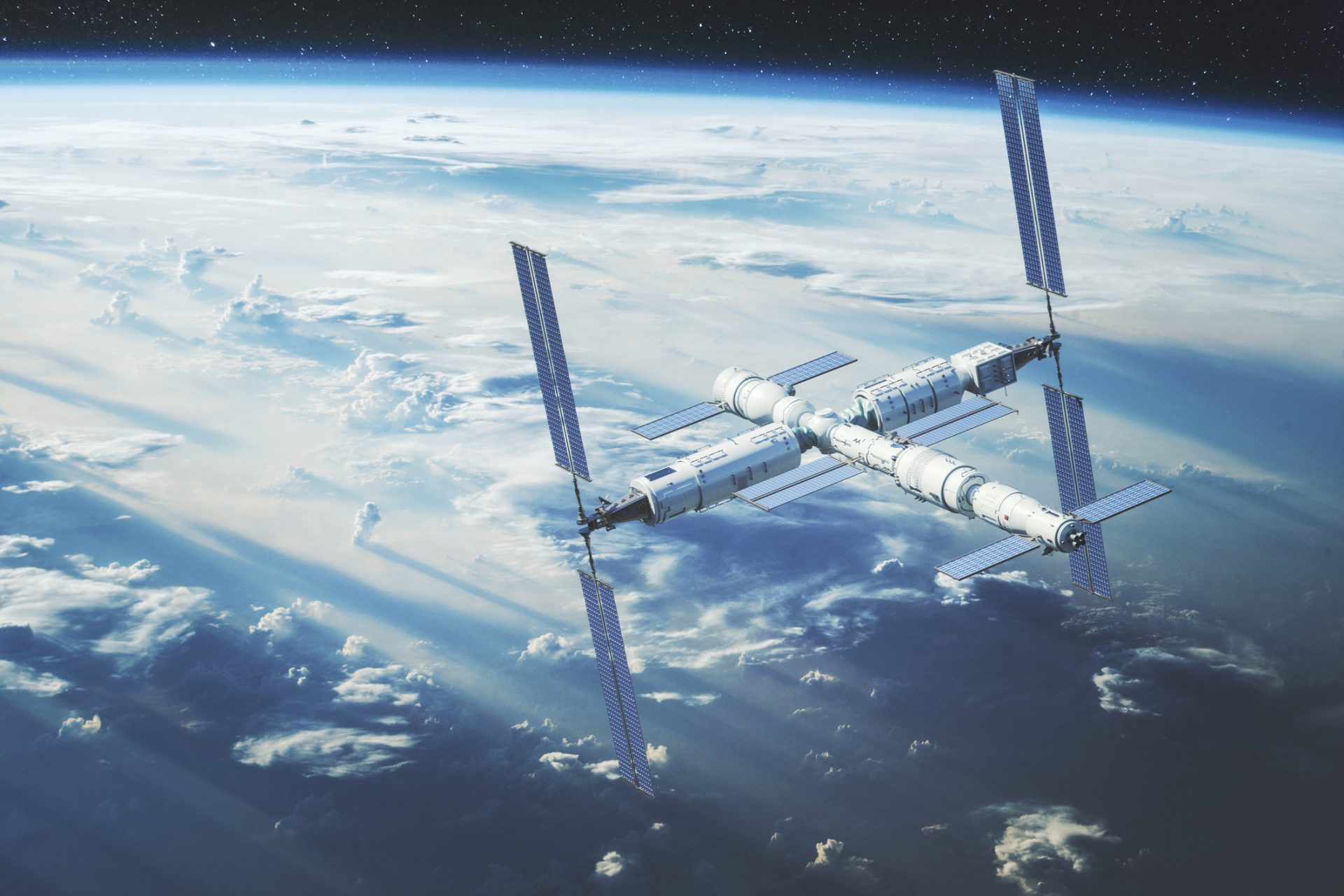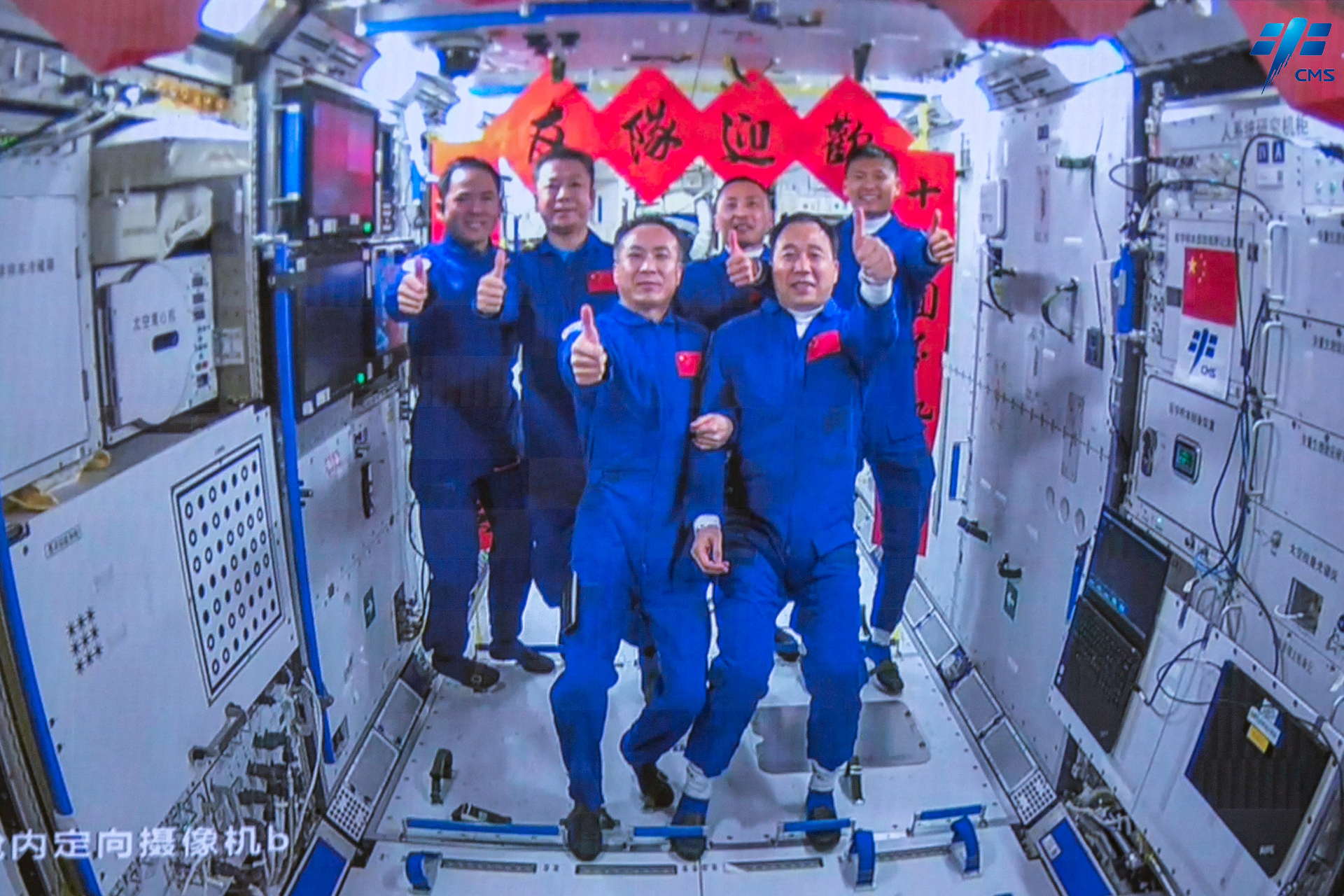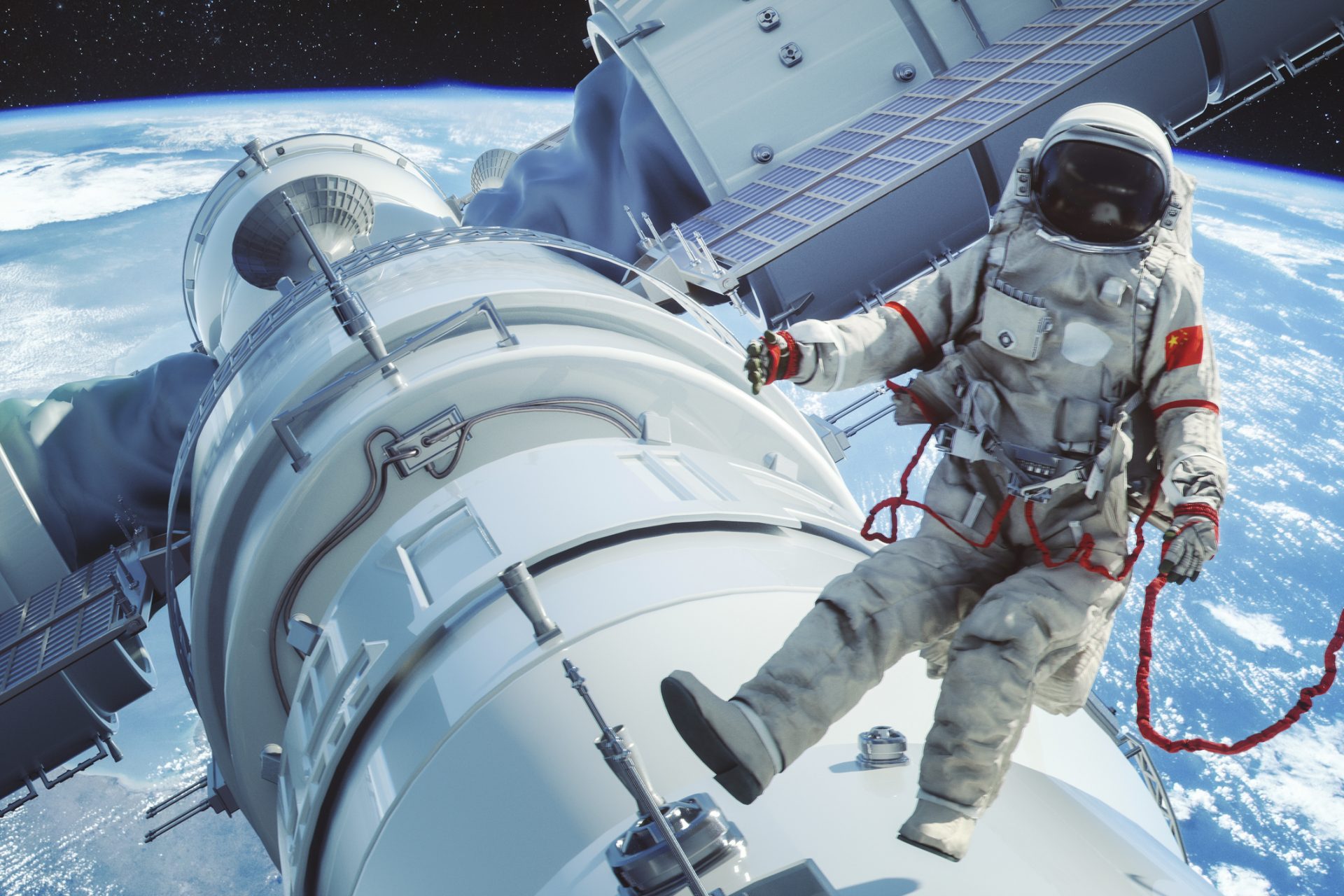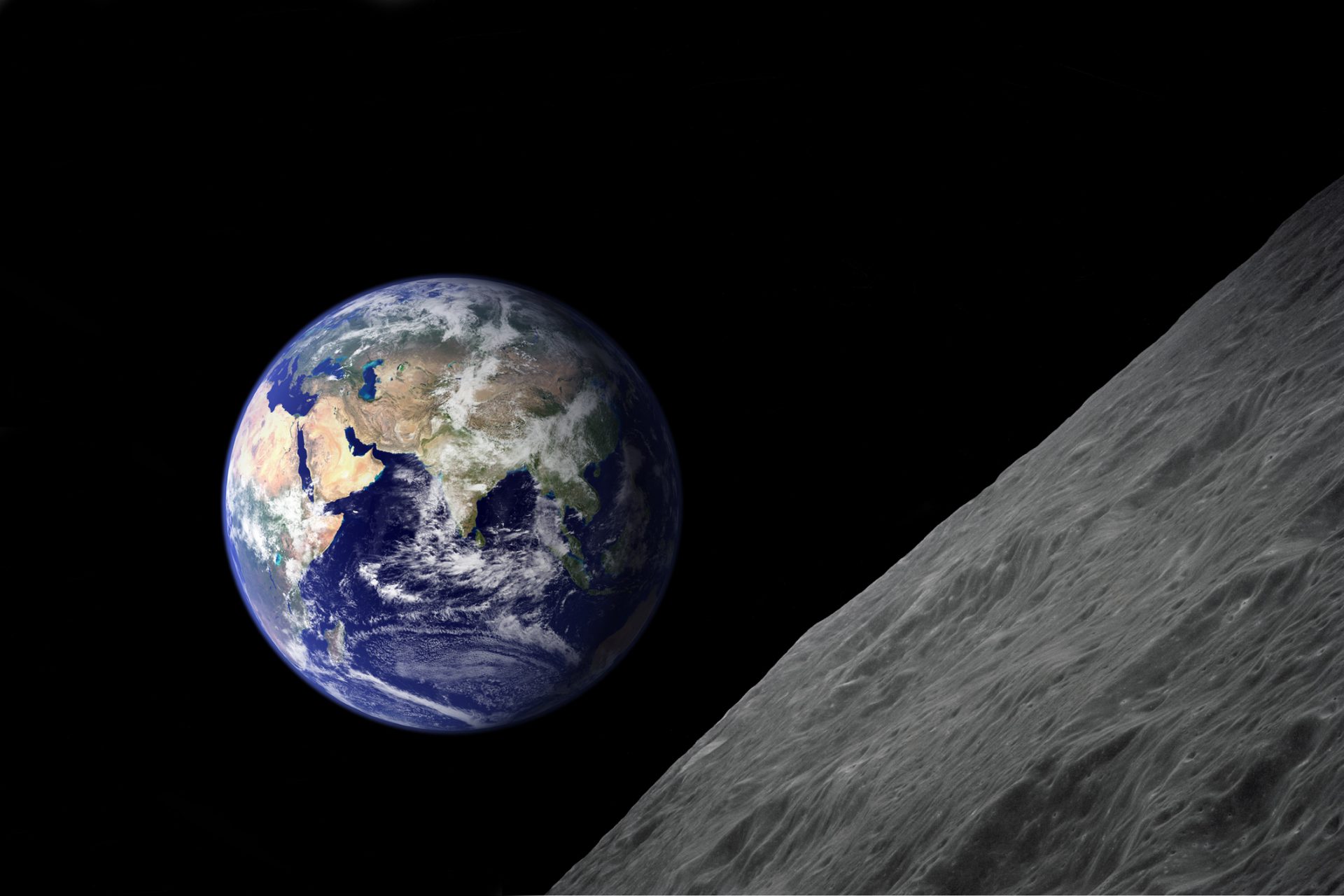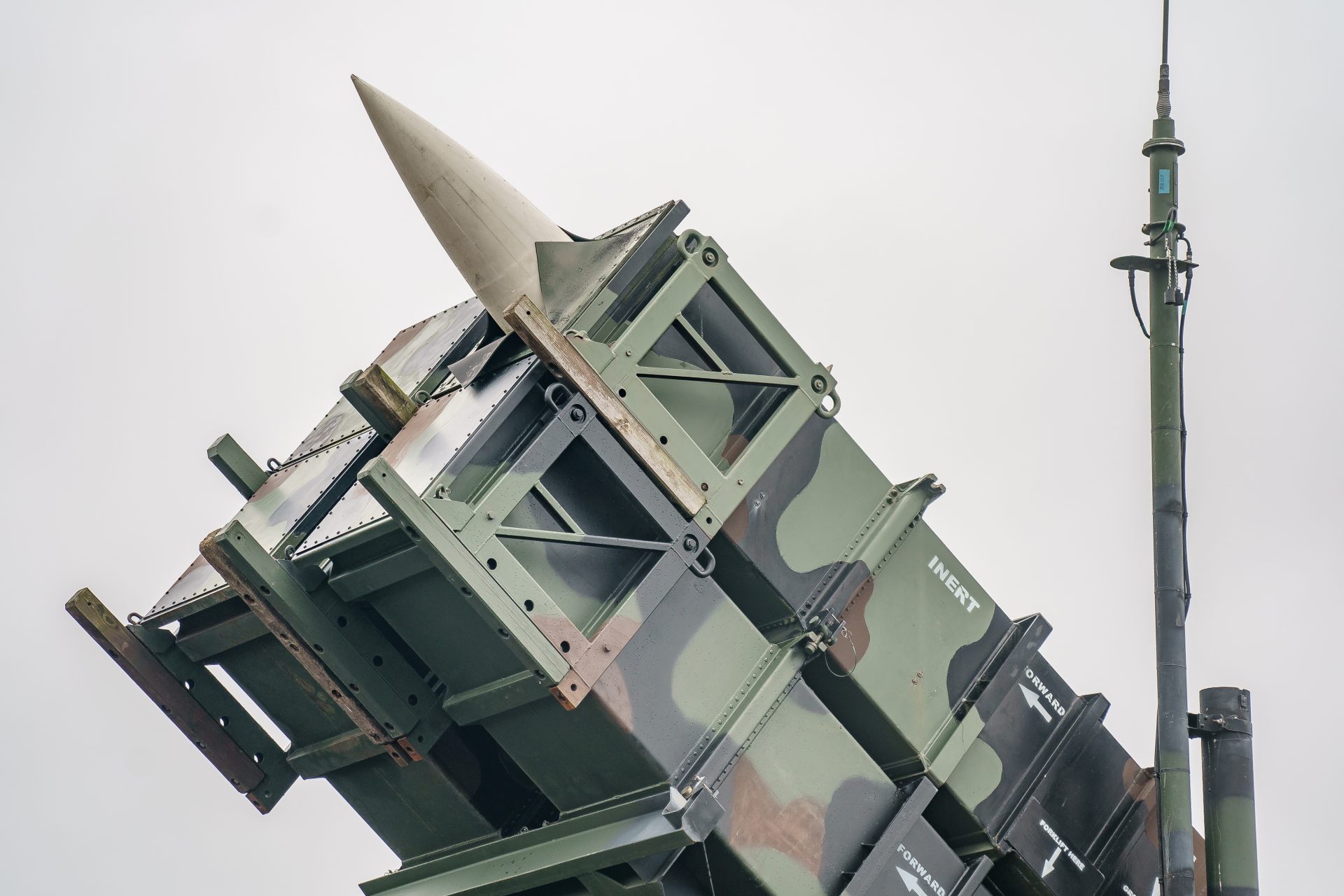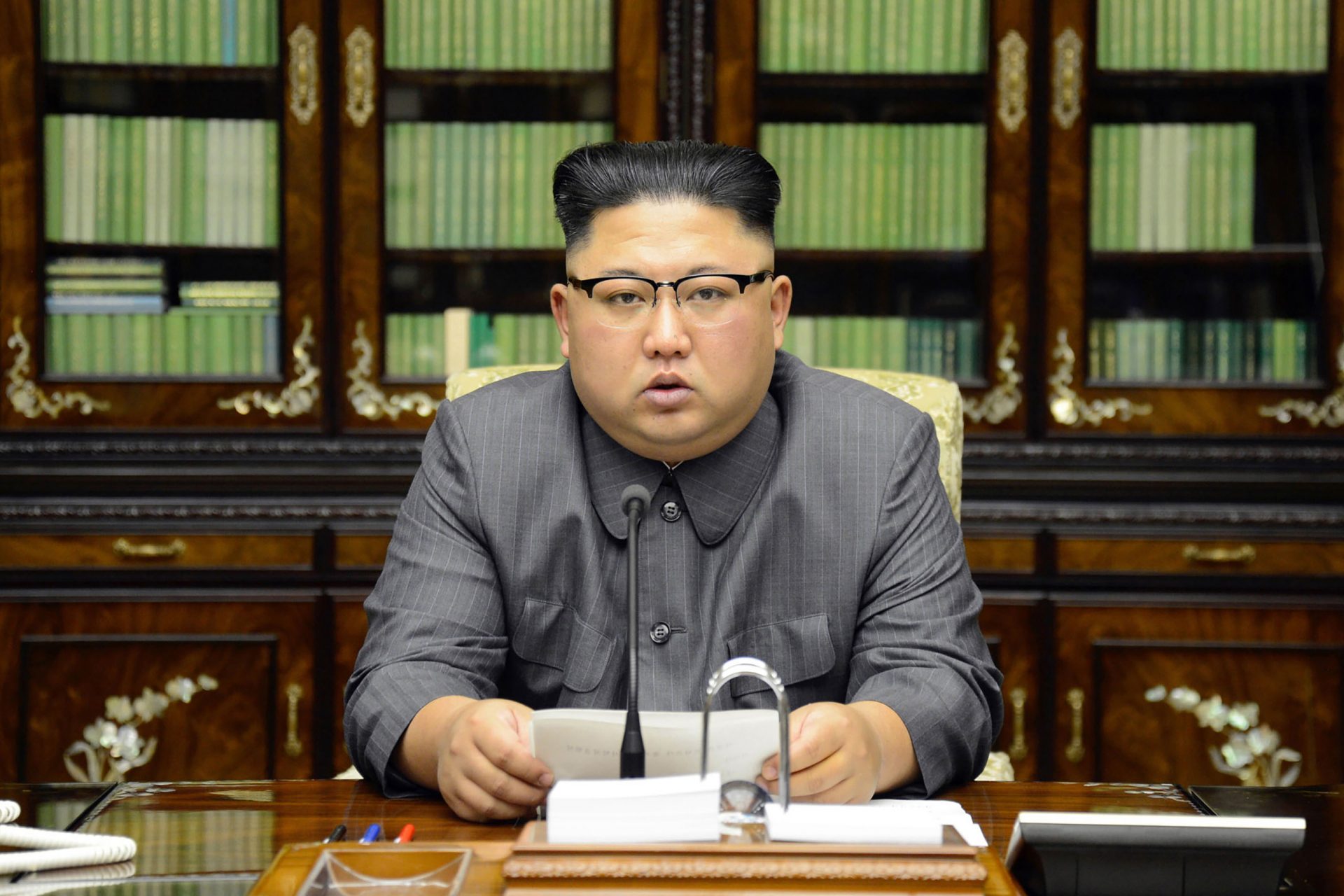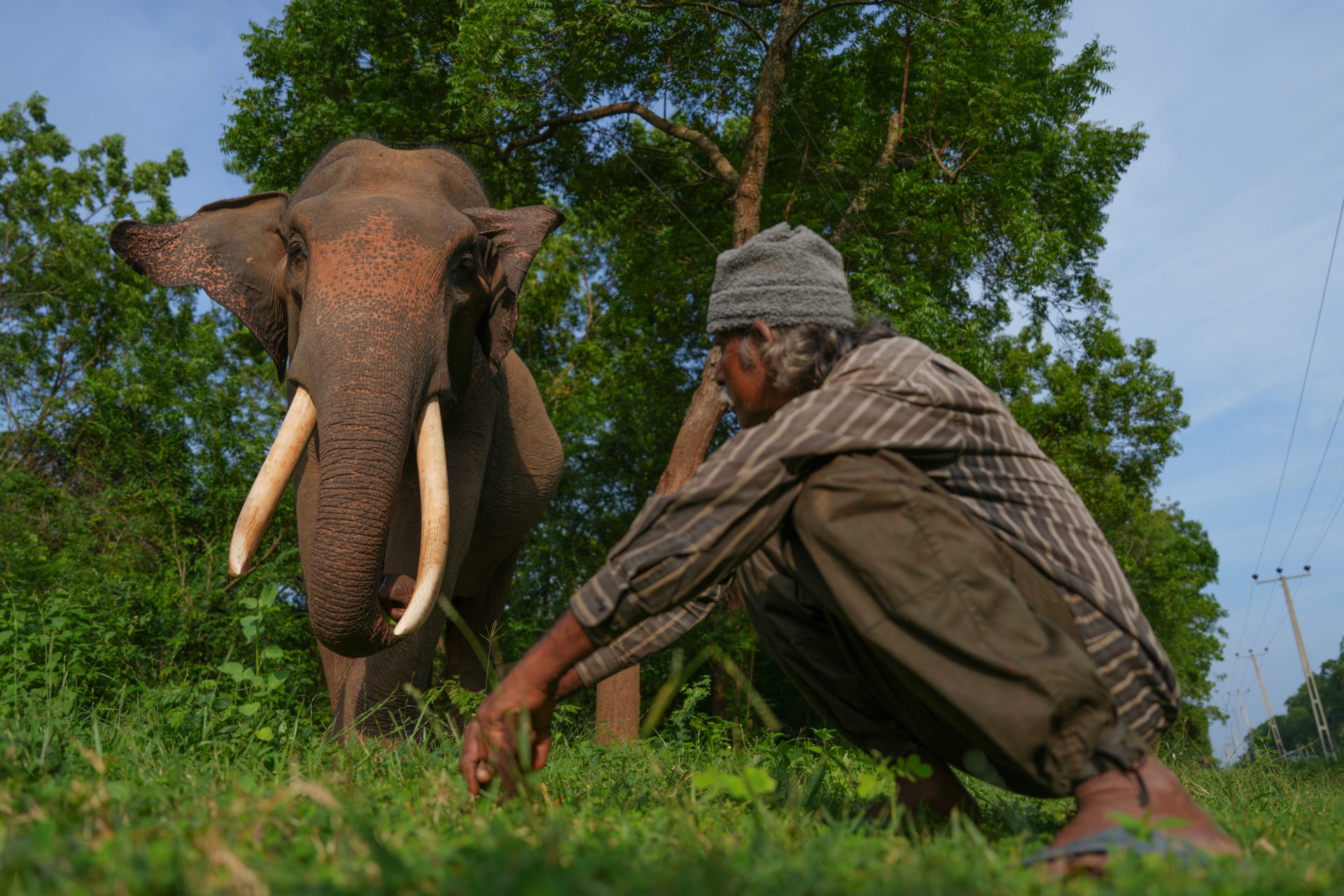What does the Chinese permanent space station look like?
The Chinese Tiangon Space Station is fully operational. The China National Space Administration (CNSA) launched the third and last module last fall.
The agency made the station fully functional by the first weeks of November, said Space.com. The astronauts made their first space walk this summer successfully.
The crew of the Shenzhou-16 mission completed the spacewalk. They arrived on the seventh rocket to land on the station and were the first crew to come after it was fully functional.
Tiangong sation is not China's first big space project. It had launched space laboratories before, including two with the same name as the station.
The CNSA launched its own station because China is banned from cooperating with NASA and using the ISS as most countries with a space program do.
The ban, known as the Wolf Amendment, was imposed by US Congress due to the concern that the Chinese military, controlled by the Communist Party, manages the space program.
Tiangong is smaller than the International Space Station. Space.com states it is around half its size: 180 feet long, against the 356 feet of the ISS.
The space station has three main modules, placed in a T shape. It has systems to allow astronauts to stay for long periods in space. The past mission lasted six months
The most extensive module is called Tianhe. It is located at the station's center and has a docking station for space shuttles and a robotic arm. Astronauts used this tool to attach it to the other modules last fall.
The module is much larger than the previous Chinese laboratories, giving astronauts more space. The CNSA plans on sending over 100 seeds and even zebrafish to Tiangong for research.
The Chinese space station will share orbit with a space-based telescope similar to NASA's Hubble Telescope. It will be able to dock in the station for repairs and enhancements.
The Xuntian telescope will be slightly smaller than the Hubble, but it will have a field of view 300 times larger, according to Space.com.
The Chinese space program packed the telescope with a 2.5-billion-pixel camera. With it, the CNSA plans to explore 40% of the sky in the next ten years.
Xuntian might be one of many additions to the space station. CNSA has publicly said that it might expand Tiangong. They expect the station to last for around a decade.
Tiangong may benefit from more stability than the ISS, as Russia decided to pull out of the ladder by 2024. NASA is also working on replacing the station that has received astronauts for 22 years. They hope to achieve it by 2030.
According to the United States Institute of Peace, "space plays a vital role in the broad Chinese efforts at international competition." That is why the country is also expanding its Lunar exploration, which could threaten NASA's interests.
More for you
Top Stories



